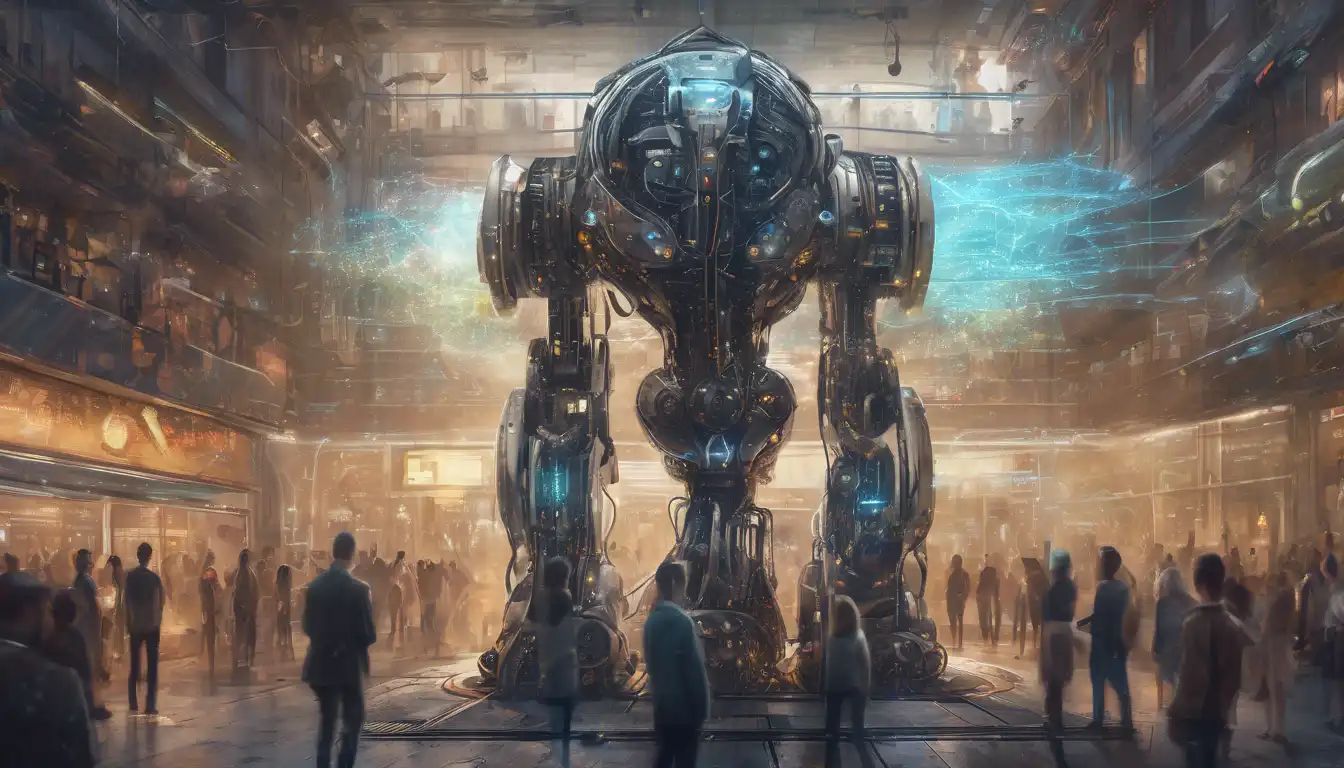Introduction to Machine Learning in Recommendations
Machine learning has revolutionized the way we interact with digital platforms, especially in the realm of personalized recommendations. From streaming services to e-commerce, machine learning algorithms are at the heart of suggesting what to watch, buy, or read next. This article delves into how machine learning powers these recommendation systems, making them more accurate and personalized than ever before.
How Machine Learning Works in Recommendation Systems
At its core, machine learning in recommendation systems analyzes vast amounts of data to predict user preferences. These systems use algorithms such as collaborative filtering, content-based filtering, and hybrid methods to deliver personalized suggestions. By learning from user interactions, these algorithms continuously improve their accuracy over time.
Collaborative Filtering
Collaborative filtering is a method that makes automatic predictions about the interests of a user by collecting preferences from many users. The underlying assumption is that if users agreed in the past, they will agree in the future.
Content-Based Filtering
Content-based filtering, on the other hand, recommends items similar to those a user liked in the past. This method relies on the features of the items themselves, rather than user interactions.
Hybrid Methods
Hybrid methods combine collaborative and content-based filtering to leverage the strengths of both approaches, offering more accurate and diverse recommendations.
The Impact of Machine Learning on User Experience
Machine learning has significantly enhanced user experience by providing highly personalized recommendations. This not only increases user engagement but also boosts satisfaction and loyalty. Platforms like Netflix and Amazon have seen tremendous success by implementing these advanced recommendation systems.
Challenges and Future Directions
Despite its successes, machine learning in recommendation systems faces challenges such as data privacy concerns and the cold start problem. However, ongoing advancements in AI and machine learning promise to overcome these hurdles, paving the way for even more sophisticated recommendation engines.
Conclusion
Machine learning is undeniably powering the next generation of recommendation systems, making them smarter and more intuitive. As technology evolves, we can expect these systems to become even more personalized, further enhancing our digital experiences.
For more insights into the world of machine learning and AI, explore our technology section.
